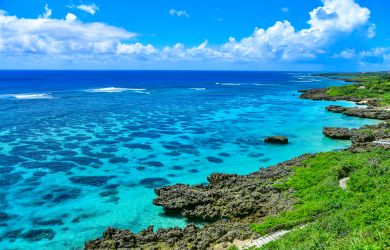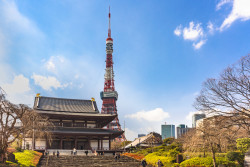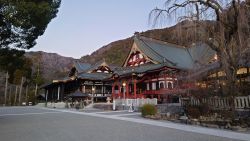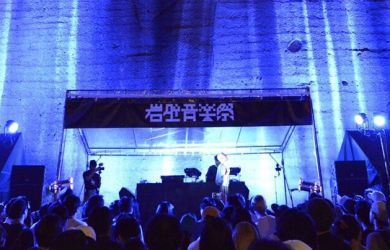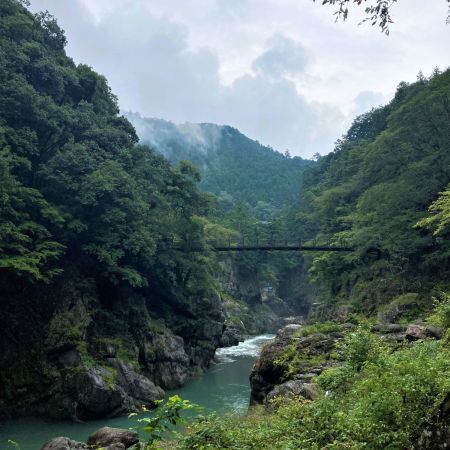
Located towards the western end of Tokyo is the peaceful and naturally abundant town of Okutama. Here, life slows as lush greenery, mountains and calm waters replace the high rises and dense landscapes of the inner city. Offering beautiful views year-round, it’s especially great to check out in autumn as the weather cools and you crave an escape from busy everyday life. Take a look at some of the most popular areas to visit as well as recommendations for the best places to eat.

Hatonosu Canyon and Shiromaru Dam
Hatonosu (Pigeon’s Nest) Canyon showcases breathtaking views of a winding ravine in addition to the forests and mountains that surround it. A trail located a five-minute walk from Hatonosu Station takes you over a suspension bridge and along the Tama River. You can follow this trail to Shiromaru Dam. Constructed in 1963, the dam has an underground facility called a gyodo (fish road) where schools of fish make their way over to the nearby Lake Shiromaru. A little further past the dam and around the lake is an area for standup paddleboarding, canoeing and kayaking. With so much to do and explore, this section of Okutama is one where you can easily spend the whole day.
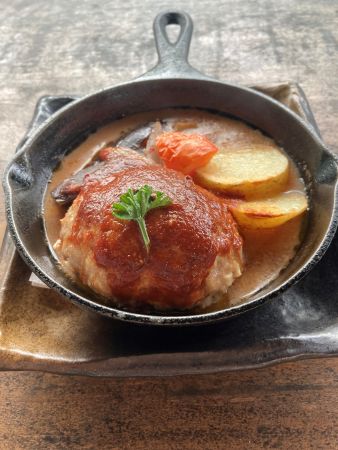
Where to eat: Earth Garden Cafe
A short walk from Shiromaru Dam over the Kazumakyo Bridge is the ever-so-cozy Earth Garden Cafe. This spot serves dishes made from organic, locally sourced ingredients. When stopping by, make sure to try and get a seat on the terrace, where you can dine surrounded by the forest.
How to get to Okutama from Tokyo
The easiest way is to take the JR Chuo Line from either Tokyo or Shinjuku Station to Ome Station. At Ome Station, transfer onto the JR Ome Line and get off at Hatonosu Station. A one-way train ride costs ¥1,100 and takes approximately an hour and a half.
Nippara Limestone Caves
Though these caves are located quite literally in the middle of nowhere, they are absolutely worth the trip. Paths that wind and turn will eventually lead you to ancient shrines and caves covered in giant stalagmites and stalactites. Colorful lights in neon pinks to greens illuminate the way and add to the overall otherworldly experience. These caves are a constant 11 degrees Celsius throughout the year, so it’s recommended to bring a jacket. If you’re not too exhausted after the tour, you can take a quick dip in the Tama River nearby.
Where to eat: Beer Cafe VERTERE
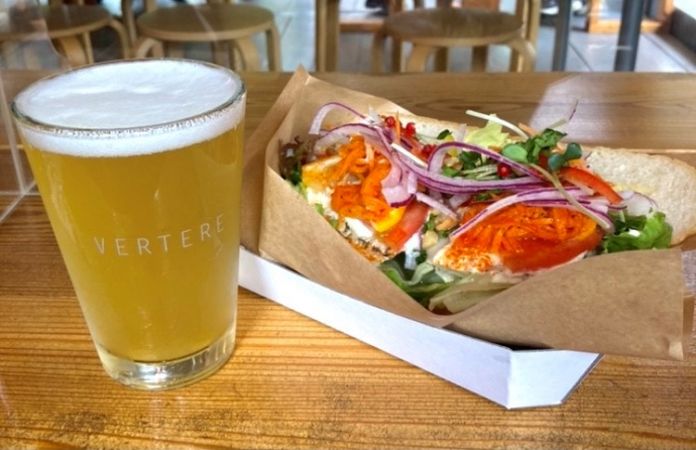
Right across from Okutama Station is Cafe Vertere and its brewery. Here you can enjoy handcrafted beer and bar food. The restaurant’s most popular dish is an innovative take on a traditional hotdog known as the mackerel dog. Other options include fish and chips, standard hotdogs with various toppings, and curries. The neighboring brewery building offers tours around the facility as well as beer tastings. After a long day of exploring the caves, why not unwind with some ice-cold, handcrafted beer before heading back into the city?
How to get there
Take the JR Chuo Line from Shinjuku Station to Ome Station. Once at Ome Station, transfer onto the JR Ome Line and get off at Okutama. A one-way train ride costs ¥1,100 and takes approximately an hour and a half. To get to the caves from the station, take a 35-minute bus ride on the Nishi-Tokyo local bus bound for Syounyudou (¥520 one-way).
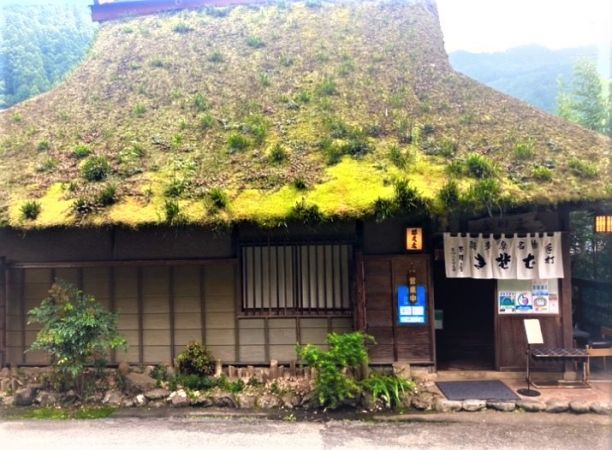
Mount Mitake
Mount Mitake is a 929-meter-tall mountain that gives its visitors spectacular views of the Tokyo skyline. It’s especially popular among expecting parents due to being home to sacred cedar trees said to promise an-zan (safe births). As you make your way to the top, you will find Musashi Mitake Shrine. This shrine has a history dating back to 90 B.C. and is famous for holding religious ceremonies throughout the year. In the vicinity is an observation deck as well as some souvenir shops and restaurants. Rest up here before making your way down either via the cable car or one of the many trails.
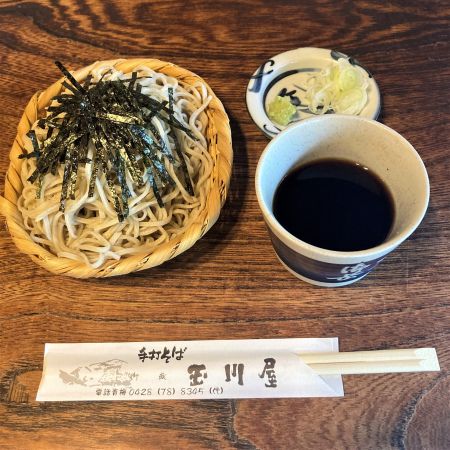
Where to eat: Tamagawaya
Tamagawaya offers hand-made buckwheat noodles and a slightly sweet broth made using mineral water from Okutama’s rivers. Any of the dishes here will leave you satisfied after a long day of hiking. Established in 1914, the traditional thatched roof, comfortable tatami mat seating and scent of wood will transport you to Japan’s Taisho Era (1912-1926). Another plus is that it’s easy to access — only a five-minute walk from Mitake Station.
How to get there
Take the JR Chuo Line from Shinjuku Station to Ome Station. At Ome Station, transfer to the JR Ome Line and get off at Mitake Station. A one-way train ride costs ¥940 and takes approximately 75 minutes. From here, you can take a ten-minute bus ride (¥240) to Cablecar Shita to get to the cable car station.
* Countermeasures Against Covid-19 : Please check each facility beforehand to see if there have been any changes made to business hours or services available.
